- CUSTOM BOXES
- CUSTOM BAGS
- CUSTOM STICKERS
The Impact of Personalized Packaging Boxes on Consumer Behavior: Insights from Recent Market Research
In today’s competitive marketplace, businesses are increasingly recognizing the significance of personalized packaging boxes as a powerful tool to influence consumer behavior. Recent market research reveals that customization in packaging not only enhances the aesthetic appeal of products but also fosters a deeper emotional connection between brands and consumers. As consumers seek unique and tailored experiences, personalized packaging serves as an effective way for companies to differentiate themselves from the competition. This evolution in packaging strategy highlights how personalized packaging boxes can enhance brand loyalty, increase customer satisfaction, and ultimately drive purchasing decisions. By understanding the intricate relationship between personalized packaging and consumer perceptions, brands can leverage these insights to create impactful marketing strategies that resonate with their target audience, ultimately transforming the consumer experience and influencing market dynamics.
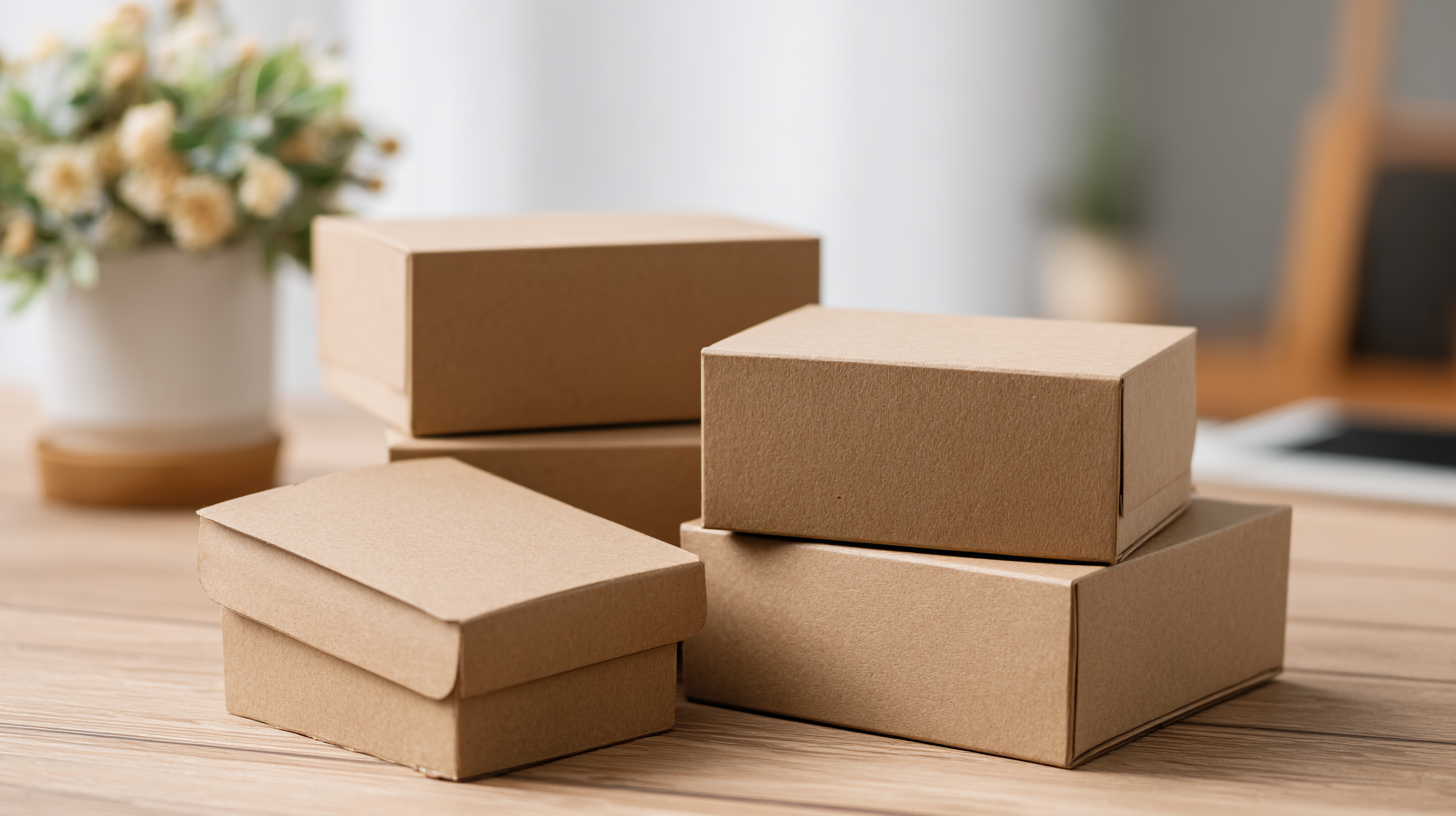
Understanding Personalized Packaging: Definition and Relevance
Personalized packaging has emerged as a vital aspect of consumer engagement in today's market. It refers to customizing packaging based on individual consumer preferences, showcasing designs, and incorporating personal messages. This trend not only enhances the unboxing experience but also fosters a deeper emotional connection between consumers and brands. Market research indicates that personalized packaging can significantly influence buying decisions, suggesting that brands adopting this strategy could see increased loyalty and sales.
As the digital printing industry evolves, the global market for personalized packaging is projected to grow substantially. The global digital printing packaging market is expected to soar from approximately $36.02 billion in 2025 to $56.62 billion by 2032, at a compound annual growth rate (CAGR) of 6.67%. This growth is fueled by advancements in digital printing technologies, allowing for variable data printing that can efficiently modify text and graphics for each packaging run.
Tip: Brands looking to implement personalized packaging should invest in advanced digital printing technologies that enable flexibility and creativity. Exploring partnerships with software providers specializing in variable data printing can enhance the customization process. Additionally, understanding consumer preferences through surveys or market analysis can tailor the packaging designs to meet specific needs, driving more substantial engagement and satisfaction.

Consumer Perception of Customization in Packaging
Recent market research highlights the increasing significance of customization in packaging, revealing its profound influence on consumer perception. Today's consumers are drawn to personalized packaging boxes that reflect their unique preferences and individuality. This trend indicates a shift from generic packaging to more tailored designs, where consumers feel a stronger emotional connection to the product. The physical appearance of packaging not only serves as a protective barrier but also as a means of expression that aligns with consumer values and lifestyle choices.
Furthermore, the perception of customization extends beyond mere aesthetics; it encapsulates the entire purchasing experience. When consumers encounter packaging that resonates with their personal identity or conveys a message of exclusivity, it enhances their overall satisfaction and loyalty toward the brand. Market studies illustrate that well-designed, personalized packaging can significantly improve brand recall, encourage word-of-mouth promotion, and increase overall consumer engagement. As brands embrace this shift towards customization, they stand to foster deeper connections with their target audience, reinforcing the notion that thoughtful packaging is an essential element of modern marketing strategies.
Effects of Visual Appeal in Personalized Packaging on Purchasing Decisions
The visual appeal of personalized packaging has become a critical factor influencing consumer purchasing decisions, especially in the fast-moving consumer goods (FMCG) sector. Recent market research indicates that the FMCG packaging market is projected to grow from $823.83 billion in 2024 to $1.34 trillion by 2032, reflecting a compound annual growth rate of 6.28%. This growth can be attributed, in part, to the increasing demand for visually engaging and customizable packaging solutions that resonate with consumers on a personal level.
The impact of visually appealing personalized packaging extends beyond mere aesthetics; it fosters a meaningful emotional connection between the brand and the consumer. For instance, in the context of special occasions like Father's Day, brands are leveraging social media platforms such as TikTok to promote gift ideas with personalized packaging. This strategic approach not only enhances brand visibility but also encourages impulse purchases, as consumers are more likely to buy products that they feel are uniquely tailored to their preferences and values. Thus, investing in visually appealing personalized packaging has the potential to significantly drive sales and improve customer loyalty in a competitive market.
Case Studies: Successful Brands Utilizing Personalized Packaging
Personalized packaging has emerged as a pivotal strategy for brands aiming to enhance customer engagement and loyalty. A recent report by Packaging Insight indicated that 67% of consumers are more likely to purchase a product if it comes in personalized packaging. Notably, successful brands like Coca-Cola and Nutella have leveraged this trend to connect with their audiences on a deeper level. Coca-Cola's "Share a Coke" campaign personalized bottles with popular names, resulting in a 7% increase in sales during the campaign, showcasing how effective tailored experiences can lead to tangible commercial results.
In the beauty sector, brands like Lush have adopted personalized packaging to reflect their commitment to sustainability, combining aesthetic appeal with eco-consciousness. Lush’s custom messages and unique designs not only stand out on retail shelves but also resonate emotionally with consumers. According to a study by Deloitte, 53% of consumers would pay more for products with personalized packaging. This statistic highlights that the emotional connection fostered through personalization can significantly influence purchase decisions and brand loyalty, making it a crucial element of modern marketing strategies.
Future Trends in Personalized Packaging and Consumer Interaction
The future of personalized packaging is poised to transform consumer interaction, particularly in the fast-moving consumer goods (FMCG) sector, which is projected to reach a staggering market value of $823.83 billion in 2024 and grow to $1.34 trillion by 2032, marking a significant annual growth rate of 6.28%. This growth underscores the increasing demand for personalized experiences that resonate with consumers on a deeper level. As brands recognize the importance of individualized packaging, they are leveraging advanced technologies to create customized solutions that enhance product appeal and consumer engagement.

Related Posts
-
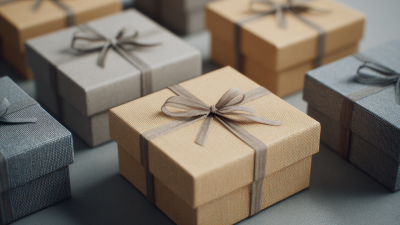
The Transformative Power of Personalized Packaging Boxes in Elevating Brand Loyalty and Customer Experience
-
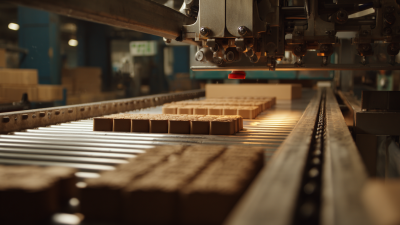
Exploring the Future of Box Printing: Innovative Techniques and Eco-Friendly Materials
-
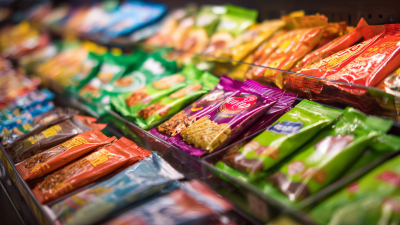
Exploring the Future of Sachet Packaging: Trends Driving Innovation in 2023
-
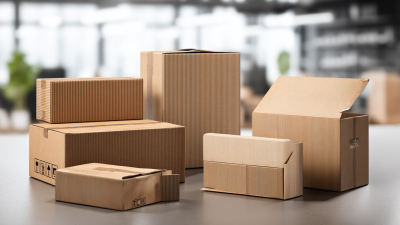
Unveiling the Secrets of Help Packaging for Optimal Product Preservation
-
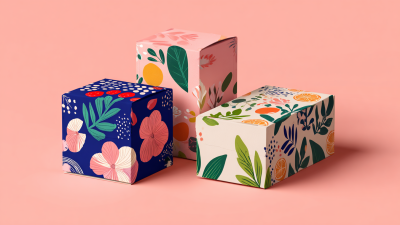
Transform Your Brand: Innovative Box Packaging Design Trends You Need to Know
-
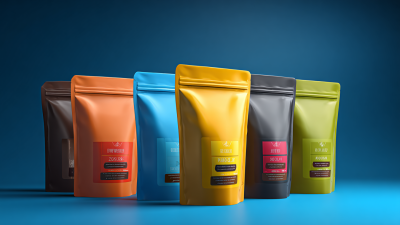
Innovative Stand Up Pouches Transforming Food Packaging with Market Growth Projections